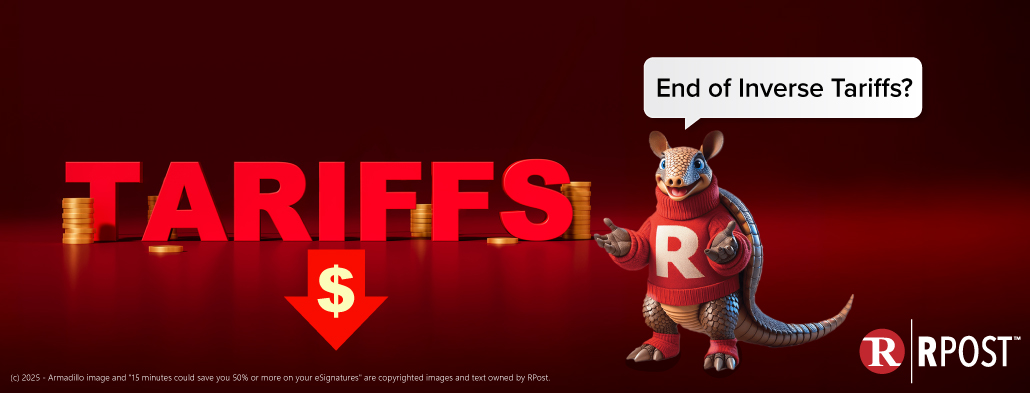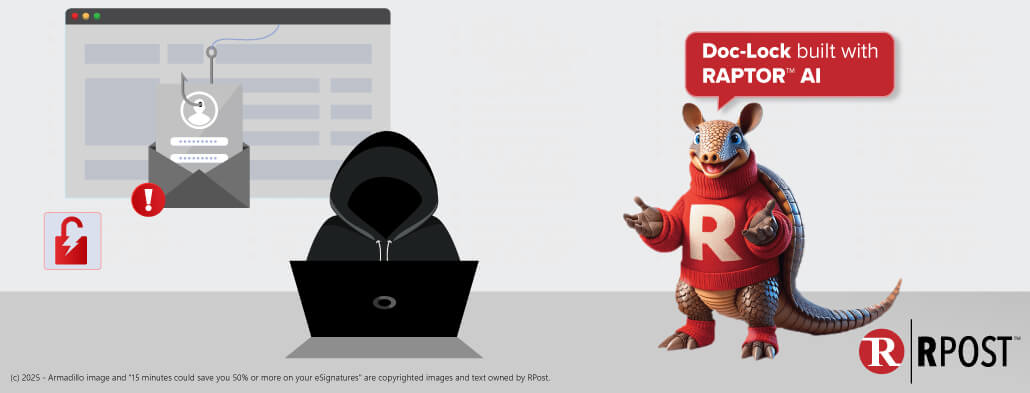
At Frankel Insurance, staff sent an email to bind additional commercial property to an existing policy. Later, a claim was submitted to the insurance carrier, and the carrier denied having a record of the additional property having been added to the policy.
Who said what when is often the core of many business disputes. With email notices, it is often not who sent what when, but rather, who sent what, when was it received, and what did it say?
In this case, the routine email notice to the insurance carrier to bind coverage was claimed to have never been received; as a result, the insurance carrier denied the broker’s insurance claim as it had no record of the additional property having been added to the policy.
The consequence of a missing email or dispute about when something was received by email or what was attached, can have an impact. In the case of Frankel Insurance, a $10,000 E&O insurance deductible was at stake. For others in legal, title, real estate or investment advisory businesses, for example, the consequence may be a missed contract deadline, a missed corporate opportunity, liability from a claim of not having received a disclosure, inability to resell a home loan, or a compliance fine.
What might one do to prove the precise time an email was received, in particular, in situations where the recipient is not likely to respond acknowledging receipt?
The sent email record is certainly not a record of successful delivery. Not having a “bounce back” certainly does not mean affirmative delivery. A sent item in ones’ email program cannot be a record of successful delivery. None of these can easily be used as evidence of time of successful delivery after the fact. (Click here to read the Tech Essentials article about common misconceptions of tracking email delivery.)
In this case, fortunately for the insurance broker, the staff had sent the message using the Registered Email™ service and had a Registered Receipt™ email record irrefutably proving the content of the email sent to the carrier and precisely what time it was received.
Further, this Registered Receipt™ email record was in a form that could (a) be easily retrieved, (b) be verified as authentic by the carrier without any additional effort, and (c) re-construct the validated original message content and internet forensic delivery audit trail.
In the end, after Frankel Insurance forwarded the Registered Receipt™ email record to the carrier, the carrier elected to cover the claim. For Frankel, it was a saved client relationship (more valuable) and a saved $10,000 E&O insurance claim deductible.
For this verifiable, third party proof of who received what and when (by email), the RMail® Registered Email™ service is the recognized legal standard, now used by 90 of the largest 100 insurance companies, many large and small law firms, and many investment and tax advisory firms.
Anyone can easily add the RMail “SEND REGISTERED” button to their Microsoft Outlook or Gmail user interface with a few clicks. (Click here for a video of the Registered Email™ service and Registered Receipt™ delivery authentication.)

April 11, 2025

April 04, 2025

March 28, 2025

March 21, 2025

March 14, 2025